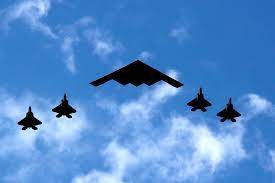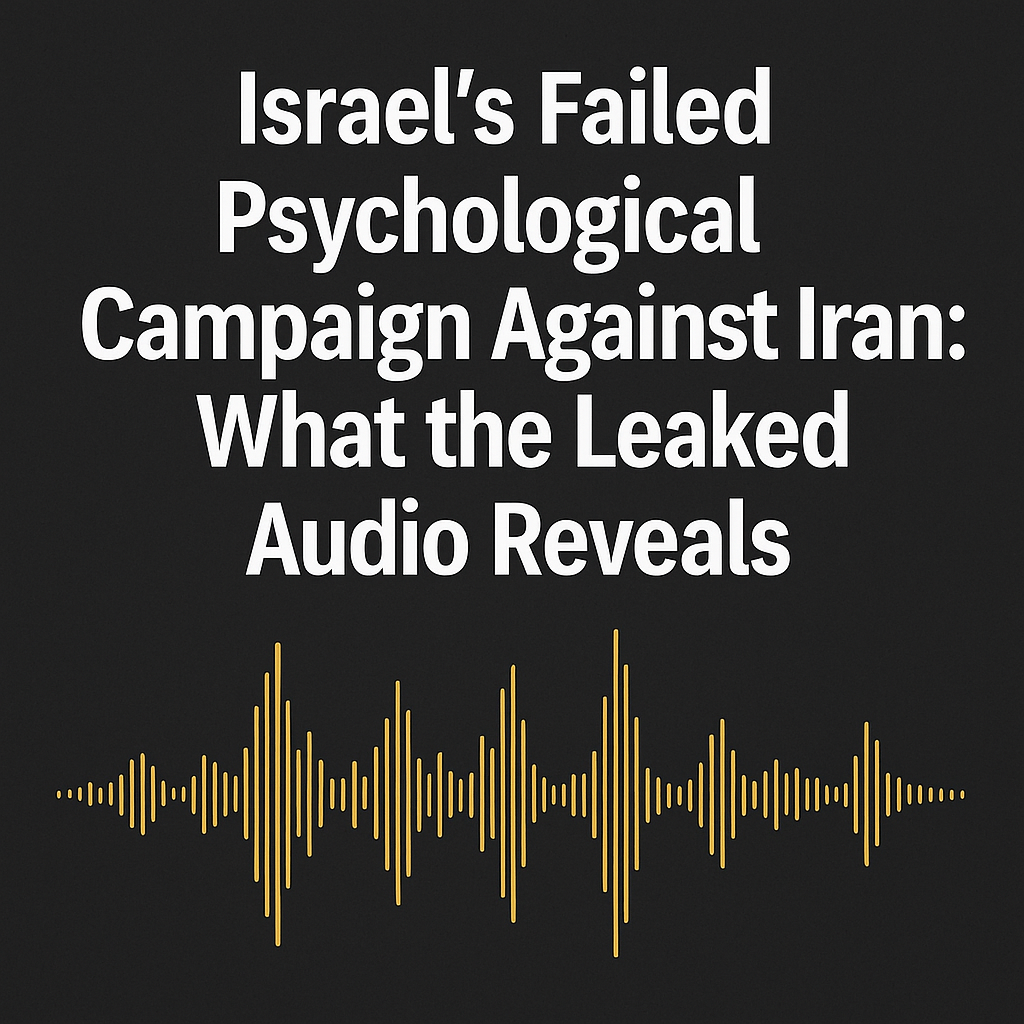Location: Fordow, Natanz, Isfahan (Iran)
🛩️ Overview
- What happened: In a historic escalation, former President Donald Trump authorized U.S. military operations targeting three major Iranian nuclear facilities—Fordow, Natanz, and Isfahan—marking the first direct U.S. bombing of Iranian territory since 1979 theguardian.comreuters.com+15theguardian.com+15nypost.com+15.
- Aircraft involved: U.S. B‑2 Spirit stealth bombers participated in the mission, dropping massive bunker-buster ordnance (GBU‑57 Massive Ordnance Penetrators) designed to penetrate fortified underground sites like Fordow en.wikipedia.org+7reuters.com+7theguardian.com+7.
🎯 Objective & Impact
- Strategic aim: The primary goal was to disable Iran’s nuclear enrichment capacity without triggering regime change. Trump described the operation as a “very successful” and “spectacular military success,” claiming key facilities were “completely and totally obliterated” theguardian.com+6theguardian.com+6reuters.com+6.
- Scale of attack: According to official and open-source accounts, about six bunker-busters struck Fordow, with additional bombs and Tomahawk missiles deployed against Natanz and Isfahan usnews.com+15en.wikipedia.org+15reuters.com+15.
🌍 Global & Domestic Reactions
- U.S. political split: Congressional Republicans largely supported Trump’s choice, framing it as decisive defense, while Democrats—including Bernie Sanders—criticized it as unconstitutional without Congressional consent news.com.au+2theguardian.com+2theguardian.com+2.
- International response: UN Secretary-General António Guterres cautioned that the strike risked destabilizing global peace. Several legal experts and human rights advocates questioned the operation’s compliance with international law theguardian.com+2theguardian.com+2news.com.au+2.
- Tehran’s stance: Iran denounced the strikes as a blatant violation of international norms and promised “severe retribution.” Officials claimed that key nuclear materials were evacuated ahead of time, minimizing risk of radioactive contamination theguardian.com+5en.wikipedia.org+5theguardian.com+5.
⚖️ Military & Strategic Consequences
- Show of force: The use of B‑2s—with their ability to carry a 30,000‑lb MOP bomb over 6,000 nautical miles—underscores a display of U.S. strategic power theguardian.com+10reuters.com+10en.wikipedia.org+10.
- Escalation potential: The joint operation with Israel—following a week of Israeli strikes targeting Iran’s defenses—marks a significant expansion of military involvement in the region theguardian.com.
- Regional ripple effects: Analysts warn that Iran could retaliate via proxy forces, disrupt petroleum shipping lanes, or focus its nuclear efforts underground. Investors have already reacted with increased oil prices and market volatility news.com.au.
🔎 What’s Next?
- U.S. stance: Trump insisted the attack was “limited” but warned of additional strikes should Iran not agree to immediate peace apnews.com+9reuters.com+9nypost.com+9.
- Iran’s next move: Tehran has vowed retaliation, heightening fears of wider conflict and increased instability across the Middle East .
- Diplomacy on pause: With airstrikes underway and global condemnation mounting, chances for renewed nuclear negotiations or diplomacy appear increasingly remote theguardian.com.
🧭 Bottom Line
This bold operation signals a pivot to direct U.S. military intervention in the Israel–Iran conflict, showcasing formidable capabilities but triggering deep political and legal divisions. While the move aims to set back Iran’s nuclear ambitions, it also raises the specter of a broader regional war and further strains global efforts toward peace.










